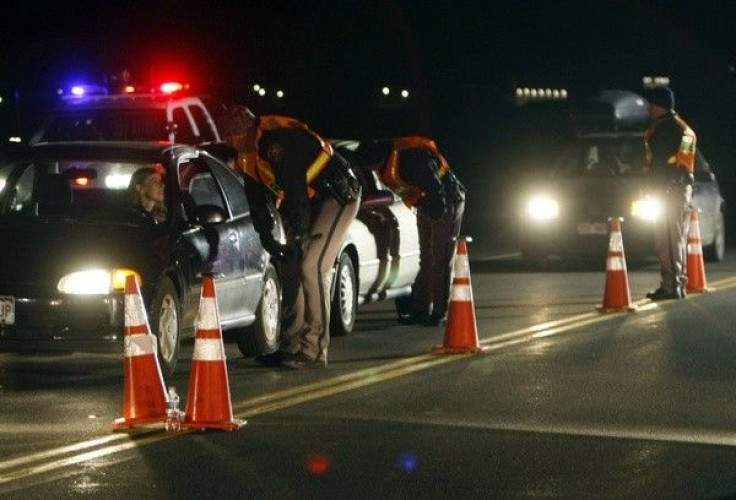Law enforcement goes after drunk drivers

'Tis the season for the annual crackdown on drunk driving.
Traffic fatalities are down to their lowest in 60 years, and drunk driving fatalities decreased by 7.4 percent from 2008 to 2009. U.S. Transportation Secretary Ray LaHood attributes the lower numbers to increased enforcement of traffic safety rules and nationwide campaigns to fasten seatbelts and not drive while intoxicated.
The DOT is not resting on its laurels. LaHood today kicked off the department's annual Drunk Driving. Over The Limit. Under Arrest winter holiday crackdown, involving thousands of law enforcement agencies across the nation.
LaHood also highlighted the new No Refusal strategy that a number of states are employing to put a stop to drunk driving.
Through the No Refusal strategy, law enforcement officers are able to quickly obtain warrants from on call judges to take blood samples from suspected drunk drivers who refuse a breathalyzer test.
Drunk driving remains a leading cause of death and injury on our roadways, said Secretary LaHood. I applaud the efforts of the law enforcement officials who have pioneered the 'No Refusal' approach to get drunk drivers off our roads. And I urge other states to adopt this approach to make sure that drunk drivers can't skirt the law and are held accountable.
According to the DOT's National Highway Traffic Safety Administration, in many states, a large proportion of people pulled over for DUIs refuse to take an alcohol breathalyzer test.
States with the highest refusal rates included New Hampshire at 81 percent; Massachusetts, 41 percent; Florida, 40 percent; Louisiana, 39 percent; and Ohio at 38 percent, NHTSA said.
States that have adopted No Refusal programs report more guilty pleas, fewer trials and more convictions, authorities said.
States practicing No Refusal include Texas, Louisiana, Florida, Kansas, Missouri, Illinois, Utah, Idaho and Arizona, according to DOT.
MADD is proud to support NHTSA, as well as our heroes in law enforcement, in their focus on 'No Refusals,' said Mothers Against Drunk Driving National President Laura Dean-Mooney. Working together, we can make our roadways safer and eliminate drunk driving in the U.S.
When it comes to drunk driving, we cannot afford to have repeat offenders, said NHTSA Administrator David Strickland. The 'No Refusal' strategy helps support prosecutions and improves deterrence, which means fewer drunk drivers on the road. I want to remind everyone this holiday season: if you're over the limit, you're under arrest. So please, for safety's sake, find a designated driver or take a taxi if you are under the influence.
It is against the law in all U.S. states and the District of Columbia to drive with a Blood Alcohol Concentration (BAC) level of .08 percent or higher. Yet, NHTSA data show that last year, 10,839 people were killed in alcohol-impaired driving crashes, including 753 in December alone. Agency trend data have consistently shown an increase in fatalities during the holiday season.
To reach a BAC level of .08 percent, a man weighing approximately 170 pounds would need to consume four standard drinks in one hour on an empty stomach. A woman weighing about 140 pounds would need to consume three drinks in one hour. It takes approximately six hours after drinking for the body to completely eliminate alcohol from its system with a BAC level of .08 percent.
According to DOT, in 2009, 10,839 people were killed in drunk driving crashes, accounting for 32 percent of the 33,080 traffic fatalities that year. Of those alcohol-related deaths, 7,281, or 67 percent, were drunk drivers. The other fatalities were 2,891, or 27 percent, motor vehicle occupants and 667, or 6 percent, were people not in any vehicle.
An average of one alcohol-impaired-driving fatality occurred every 48 minutes in 2009.
In 2008, 11,171 people died in drunk driving incidents, authorities said.
The holiday enforcement crackdown is supported by $7 million in national TV and radio advertising and runs from December 15 through January 3.
© Copyright IBTimes 2024. All rights reserved.











